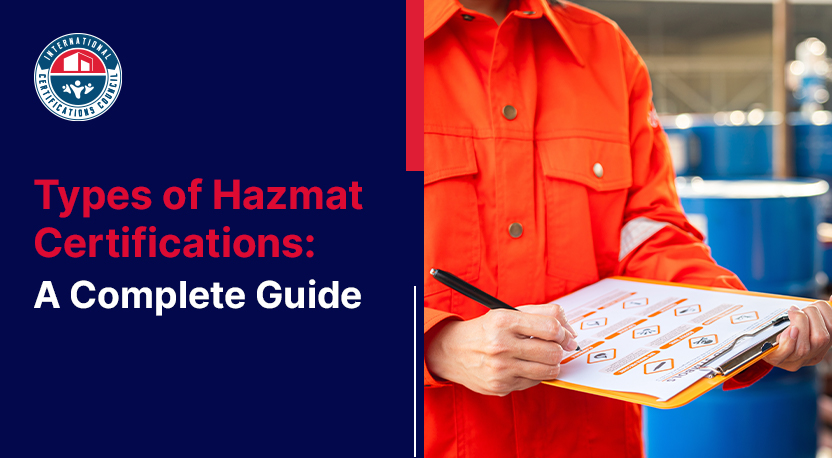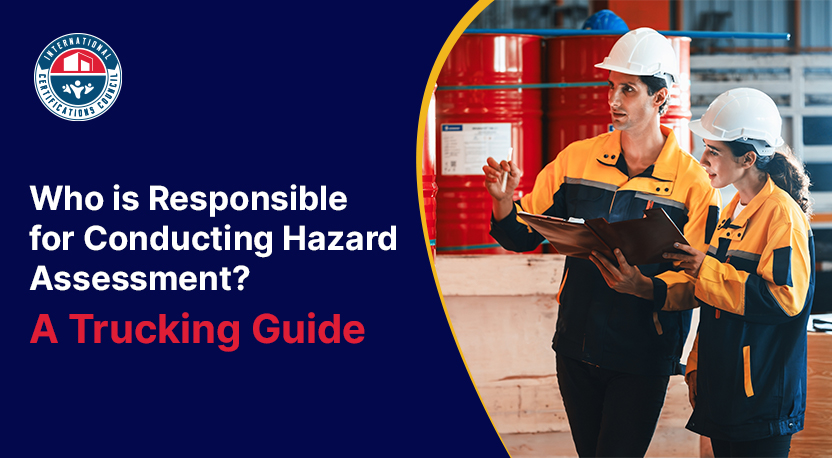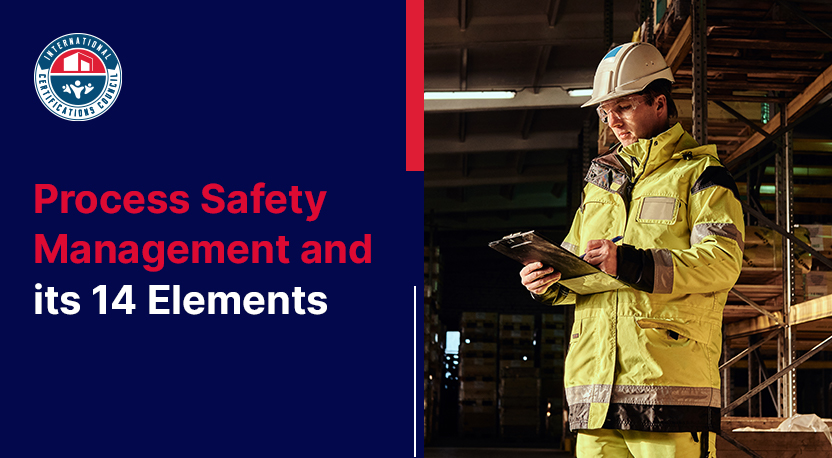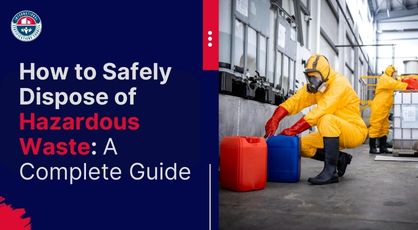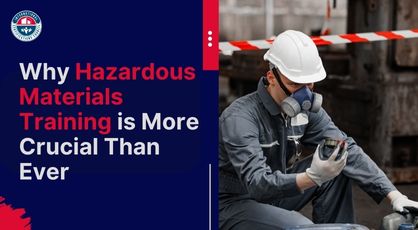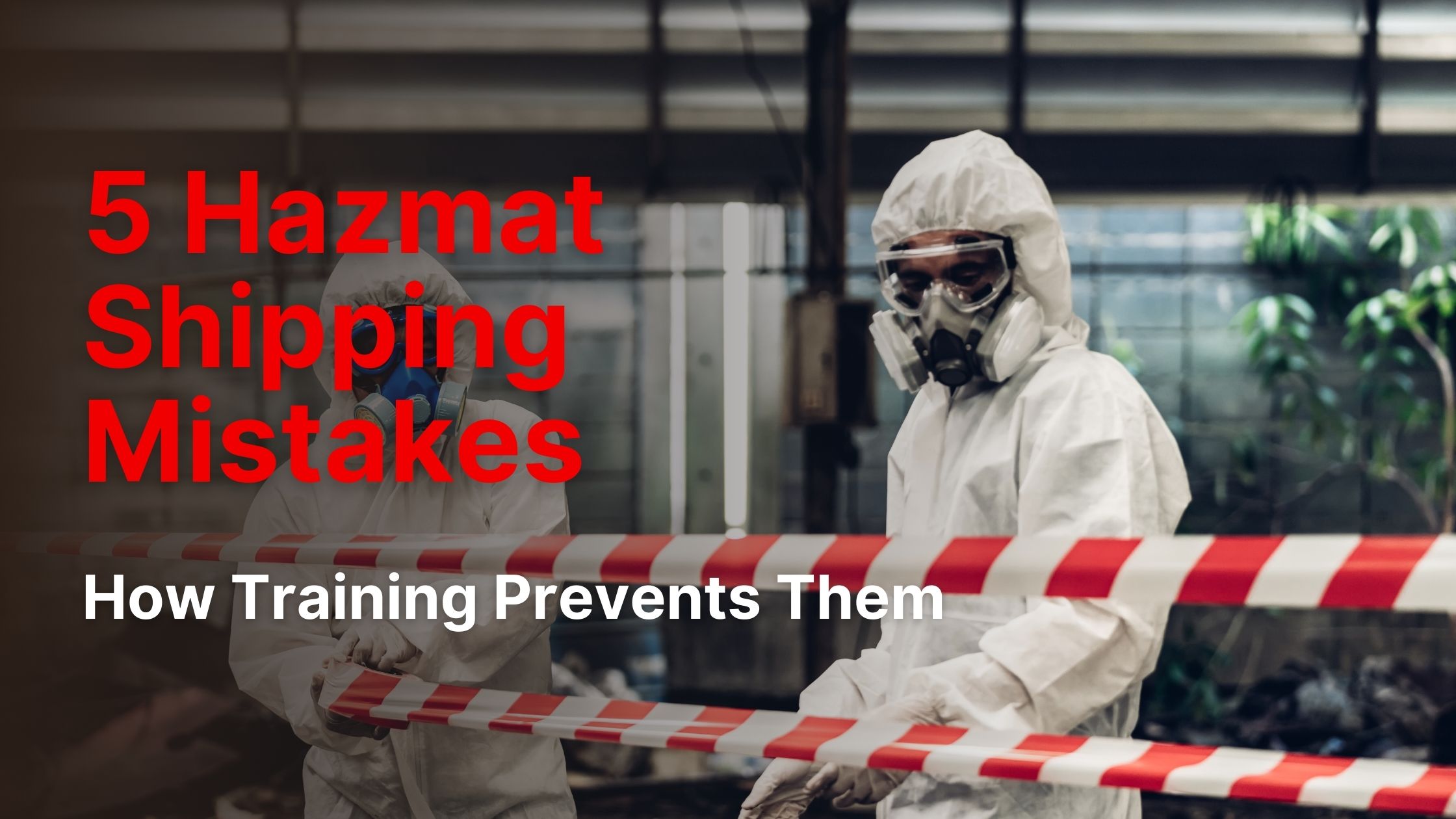Picture arriving first at a scene that smells sharp, looks abnormal, and unsettles bystanders. You need clear, immediate guidance—not guesswork.
First Responder Awareness (FRA) Level I training provides it. You learn to recognize hazardous indicators, secure the area, and notify the correct resources before the risk escalates.
This course does not qualify you as a hazmat technician. Instead, it equips you with first actions that protect life, property, and personal health.
Let’s break down what this training is, why it’s important, and how it prepares you to keep everyone safe.
What Does “First Responder Awareness Level” Mean?
FRA is the entry standard for understanding hazardous materials—such as toxic chemicals, flammable liquids, and radioactive sources.
It serves firefighters, paramedics, police officers, and others who may encounter hazardous materials (hazmat) during their duties. At FRA Level I, you are expected to:
At FRA Level I, you do three things:
Recognize a hazardous substance release.
Protect yourself and others by keeping a safe distance.
Notify the proper authority.
You do not plug leaks or enter the hot zone. OSHA lists six competency areas, from basic chemistry hazards to knowledge of your agency’s response plan. EMS personnel with FRA may treat patients only after they have undergone decontamination.
Why Does First Responder Awareness Level Matters?
Hazardous-material events happen far more often than you might think. PHMSA records thousands of incidents every year.
One real-world lesson came from the January 2014 West Virginia MCHM spill. Hospitals, utilities, and responders scrambled because many people on scene did not know the product’s hazards.
First Responder Awareness training fixes that gap. Here are some top reasons why FRA level training matters:
Immediate Risk Recognition
The first person who sees a spill or release sets the tone for the entire response. FRA training teaches employees to identify hazardous materials from placards, labels, or odors within seconds, allowing them to prevent accidental exposure and escalation.
Life Safety and Scene Stabilization
Trained observers know how to establish safe isolation zones, control access, and relay accurate information. These actions protect coworkers, bystanders, and responding agencies during the critical first minutes when most injuries occur.
Regulatory Compliance
U.S. OSHA 29 CFR 1910.120 and NFPA 472/1072 require organizations whose personnel may encounter hazardous substances to provide awareness-level instruction. Meeting these standards reduces liability, insurance costs, and enforcement penalties.
Efficient Use of Specialized Resources
By gathering precise details—chemical names, container conditions, wind direction—FRA-qualified employees enable hazardous-materials teams to arrive with the right equipment and strategy, shortening incident duration and minimizing environmental impact.
Business Continuity and Cost Control
Rapid containment prevents small releases from becoming large-scale emergencies that disrupt operations, damage property, and incur cleanup or regulatory fines. Investing in awareness training is significantly less costly than managing a major incident.
Key Skills You Will Master in FRA Level Training
With this training, you’ll be able to:
Spot the Clues
You learn to read placards, container shapes, odors, victim signs, and the environment. The PHMSA Emergency Response Guidebook is your reference.
Use Safe Distances
You practice setting isolation zones quickly. Short drills teach you to think in meters and seconds, not minutes.
Report Clearly
You will transmit concise radio messages—location, substance ID, wind, casualties, and actions taken—to speed response.
Teamwork
You communicate clearly with dispatch and hazmat teams to keep things smooth.
Hazmat First Responder Awareness Level Training Tips
A few focused habits can transform awareness-level instruction into reliable field performance.
- Tailor the Emergency Response Guidebook (ERG) to local risks. Annotate pages with nearby rail corridors, manufacturing sites, and primary trucking routes so responders can connect guidance to real geography.
- Schedule “micro-drills” before each shift. Five-minute “recognize-and-notify” walk-throughs build reflexes far better than a single annual exercise.
- Analyze one incident per week. Select an EPA enforcement case, ask, “Where would I position myself? Whom would I notify?” and discuss the answers as a team.
- Refine radio discipline. Rehearse concise, 30-second hazard reports that cover material, location, and immediate actions—nothing more.
- Map and revisit safe-refuge points. Walk the facility regularly, confirming clear egress routes and marked shelter areas until they become second nature.
Conclusion
If your duties could place you near a hazardous-material spill, enroll in First Responder Awareness training this month. Invite your colleagues and share the lessons during roll-call briefings.
The course will teach you how to recognize warning signs, keep a safe distance, alert the proper authorities, and guide others until specialized teams arrive. Completing this training will give you the confidence to act quickly and correctly, protecting both coworkers and the public.
Hazardous-material awareness may not receive much attention, yet it is the critical first step in an effective emergency response. Take the course, master the skills, and make your workplace and community safer—one well-informed decision at a time. 
